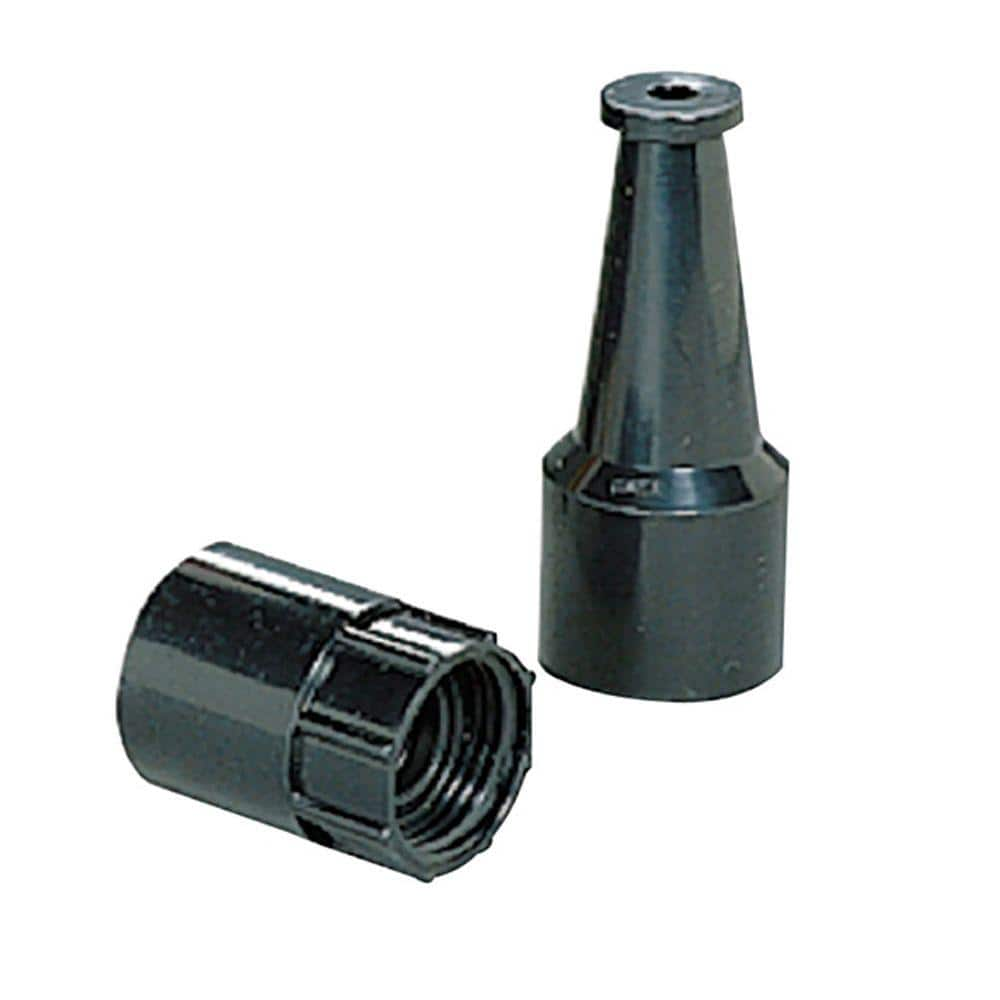Hi folks, I’ve been reading through forum posts for quite some time and think it’s time to join the site, and dig a little deeper. I’ll save the actual issue for the proper forum but here’s a short intro…. Al here, retired USN with another 20 as a defense contractor. I’ve had in-ground pools on and off since 1991. We’ve had the current pool for over 18 years but it’s around 40 years old. We currently have the “tingle” and bonding problems. I have an electronics background and sort-of speak the lingo. I plan on going through plenty of posts, and hopefully find a fix for the issue.
Thanks to all that have posted about the bonding issue. I’m digesting the info daily.
Regards,
Al
Thanks to all that have posted about the bonding issue. I’m digesting the info daily.
Regards,
Al


